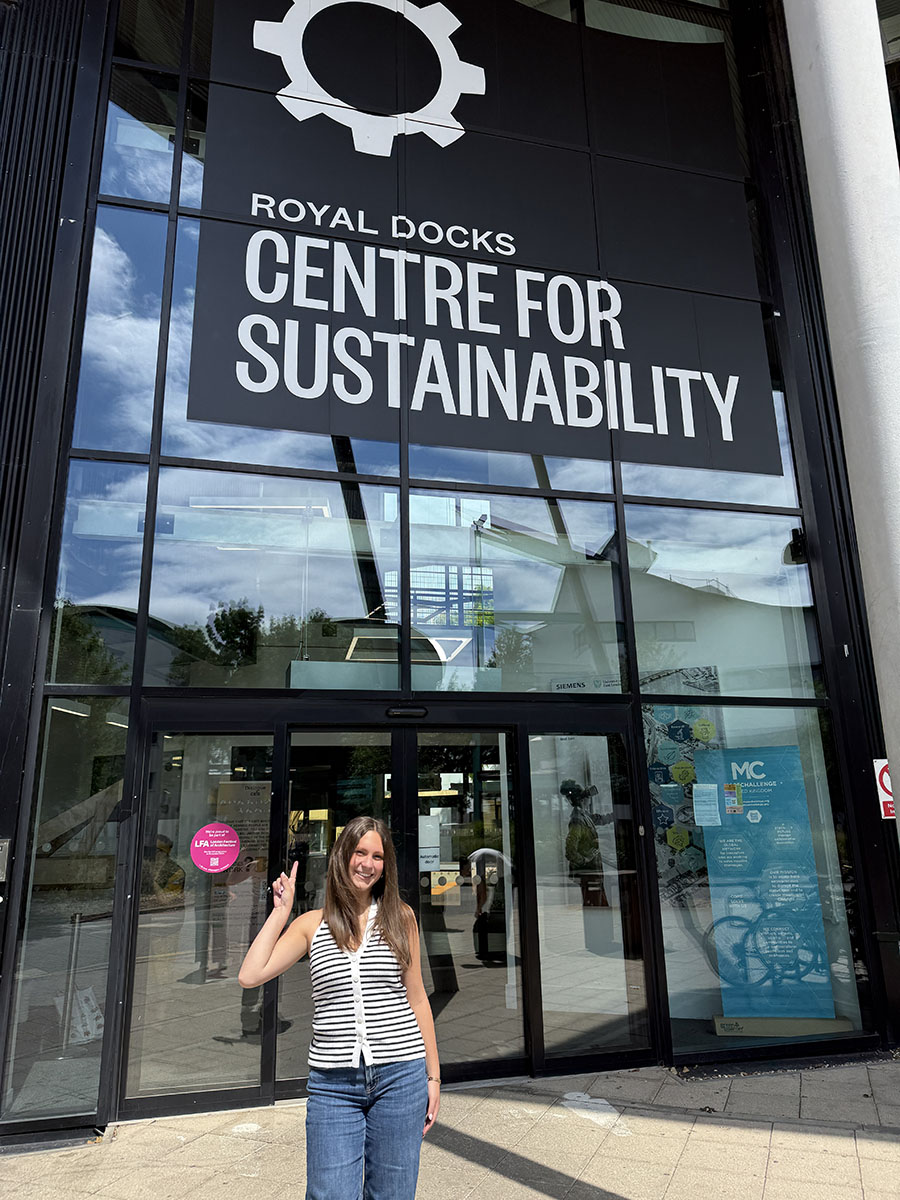As I wrap up my time at RIX, I feel incredibly lucky to have seen what inclusive design looks like when it’s done right. Whether it’s in theatre, tech, transport, or research, the most impactful innovations come from collaboration.
During my internship at the Rix Inclusive Research Institute, I worked on a wide range of projects—from watching theatre rehearsals and transcribing cast discussions, to helping map accessible routes across London, and participating in a hackathon. At first glance, these tasks might seem unrelated, but one idea kept surfacing across almost everything I worked on: the power of designing with people with lived experiences of disabilities, rather than designing for them. This simple shift in language carries a powerful message—one that is at the heart of the RIX mission.
One of my first eye-opening moments came while watching and listening to rehearsal footage from Not F**kin’ Sorry, a powerful and unapologetic play starring actors with learning disabilities, to serve as qualitative data for building inclusive environments. Listening closely to the conversations between cast members, directors, and creatives, I noticed how open the environment was. Everyone had a voice. Adjustments were made quickly and respectfully to meet different needs, not as a chore, but as a natural part of the process. I realised that inclusion wasn’t just about accessibility, it was about shared ownership and mutual respect. It was about making sure everyone felt heard and valued in the space.
That same ethos came through at Hackathon25, where I joined a group brainstorming ideas around healthy living. What made the experience so impactful wasn’t just the solutions we discussed—it was how those solutions took shape. People from all different backgrounds served as collaborators. For instance, one of the people at my table seemed very quiet at first, but after being given plenty of time to truly voice their idea, they came up with crucial challenges that my group expanded on. It also made me reflect on how people without disabilities often assume what others need, without actually including them in the conversation. This
experience reinforced how much stronger our ideas become when everyone is invited to contribute.

This theme of co-design reached a new level during my visit to the Google Accessibility Discovery Centre at St. Pancras. The centre is dedicated to exploring
technology that removes barriers faced by people with disabilities, and it mirrors RIX’s approach by placing individuals with lived experience at the heart of design. As we toured the centre, we saw assistive tools that spanned visual, hearing, motor, and cognitive accessibility, from screen readers and braille keyboards to tactile rulers and eye-tracking video game controllers.
One of the most striking parts of the visit was how physical devices and digital interfaces worked together to support users. At the hearing desk, for example, real-time speech-to-text software enabled fluid conversations with written responses, empowering independence in scenarios like visits to the GP . At the neurodivergence and dexterity accessibility stations, adaptive keyboards and simplified software showed how intentional design can ease everyday tasks. The accessible arcade games were another highlight, emphasising that inclusion extends to joy and leisure, not just necessity. Whether it was a giant joystick for playing FIFA, a braille keyboard, or a vibrating alarm clock, it reminded me that inclusive design isn’t just about fixing problems—it’s about opening doors to joy, creativity, independence, and participation.
Looking back, I’ve come to see that inclusion isn’t a checklist. It’s a mindset—a commitment to listening, collaborating, and remaining flexible. It’s something I saw every day at RIX, whether through co-research sessions, rehearsal rooms, or conversations about the language we use. It’s also something I’ll carry with me far beyond this internship.
Keegan Foy, CAPA Intern
